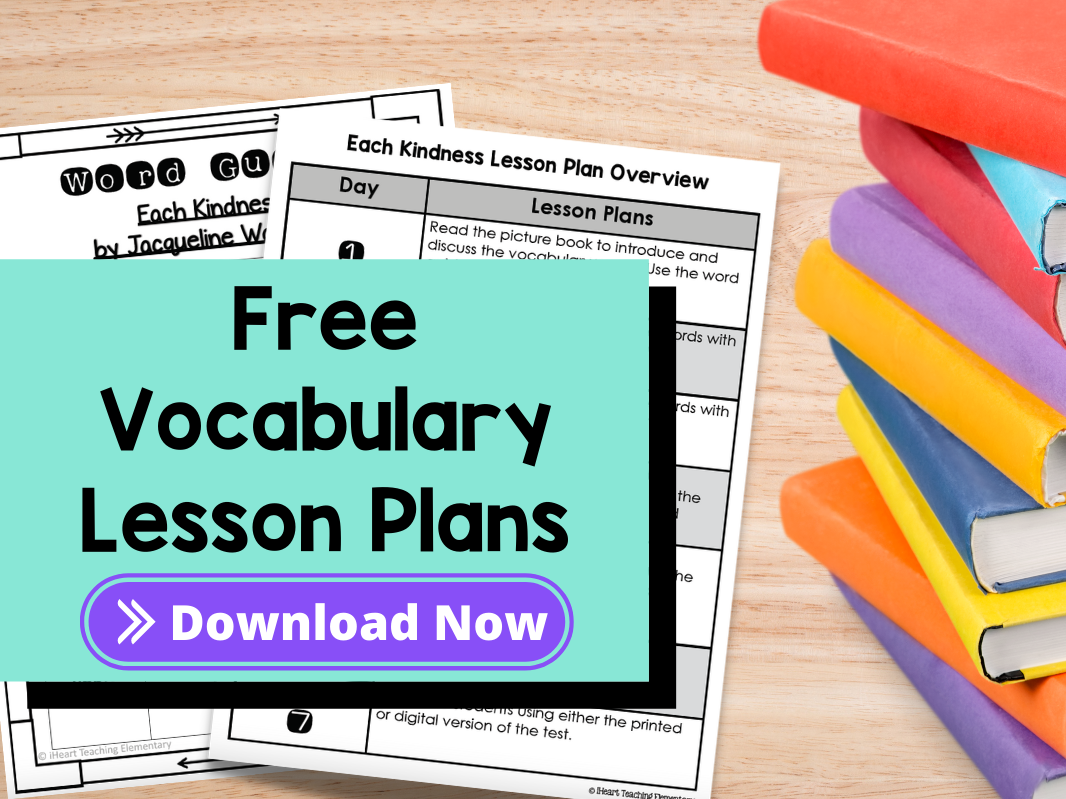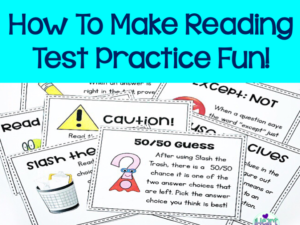Do you still use worksheets as part of your vocabulary instruction? Ditch them!
Ok, I didn’t mean to sound so harsh. But really are they bringing you joy?
If they are, and your students are learning and retaining vocabulary words then keep those worksheets.
I’m not against worksheets and I do think they have a time and a place. But I’ve found a more enjoyable and meaningful way to teach vocabulary is through picture books.
Today I’m sharing 3 benefits of using picture books for your vocabulary instruction.
You can fit it in during reading strategies lessons.
That same picture book you use to teach character traits can be used to teach vocabulary in context. More bang for your buck!
Now I wouldn’t do this when first introducing a strategy like character traits. You want to squeeze in vocabulary instruction on days where you’re reviewing character traits or not teaching it for the first time.
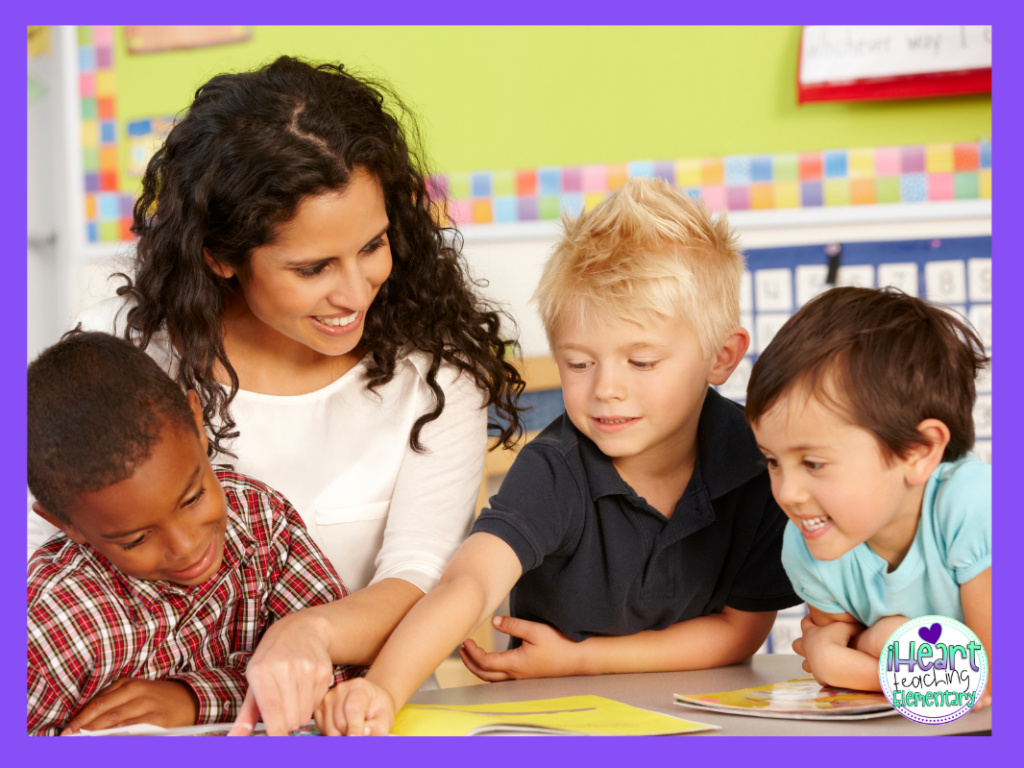
As you have students look for character traits, stop at a couple of tier 2 words that have clues to the meaning within the text. Have students discuss what they think the words mean in that context.
Teach them how you might have to read a sentence before or after to get more clues for the meaning.
It doesn’t have to be ALL the tier 2 words. Just pick one or two. That’s about 20-40 words a month if you do it daily! And at the same time, you’ve reviewed an important reading strategy or skill.
So you fit in a lot more learning into your day.
Kids get more meaning from reading.
Kids get more meaning from reading and hearing words in a picture book more than they do with a worksheet.
When kids read or hear a story they can connect with, they can better understand words. Completing a worksheet isn’t necessarily going to help them understand a word’s meaning and retain it.
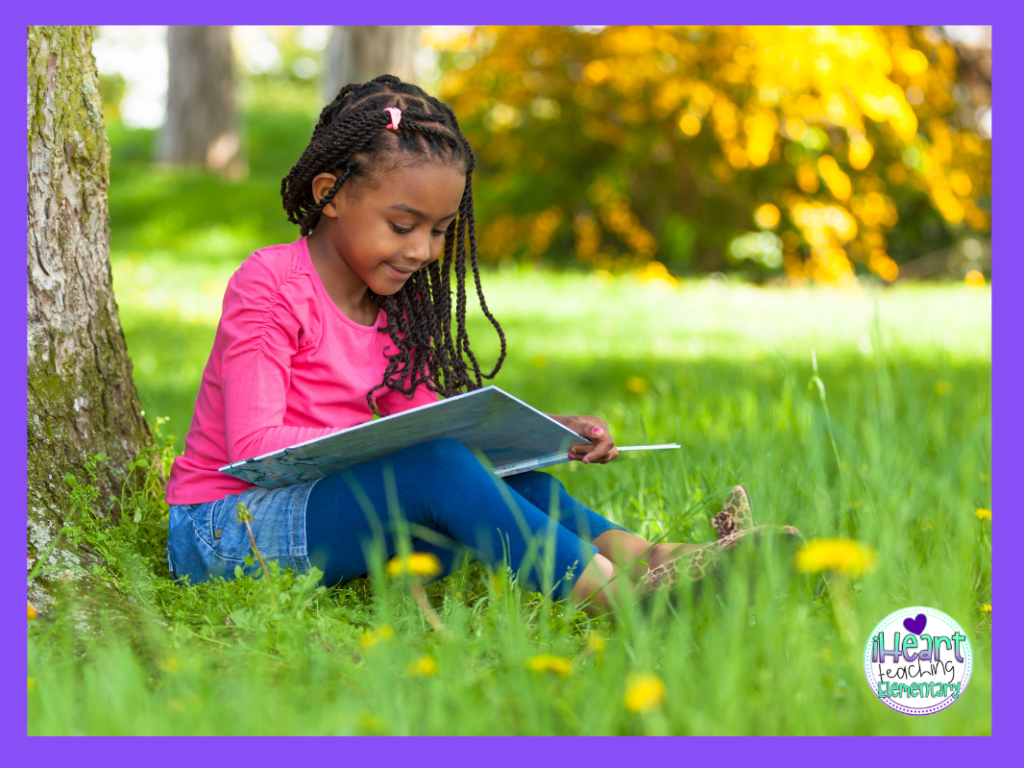
When kids use the context of the story, they are better able to figure out the meanings of tier 2 words because they have details from the text to pull from.
Plus kids love picture books! Believe it or not kids in 3 grades and up still love a good picture book. When kids are engaged with a story they enjoy, they’re more likely to have a better understanding.
Retaining the words will be a lot easier with picture books because it’s more engaging and meaningful to kids.
Another benefit of using picture books to teach vocabulary is that kids are able to retain the word meanings much more easily.
Think about something you remember. There’s probably a story attached to it. It’s the same with kids.
As you teach and discuss words in a picture book, kids connect with the story and remember those words.
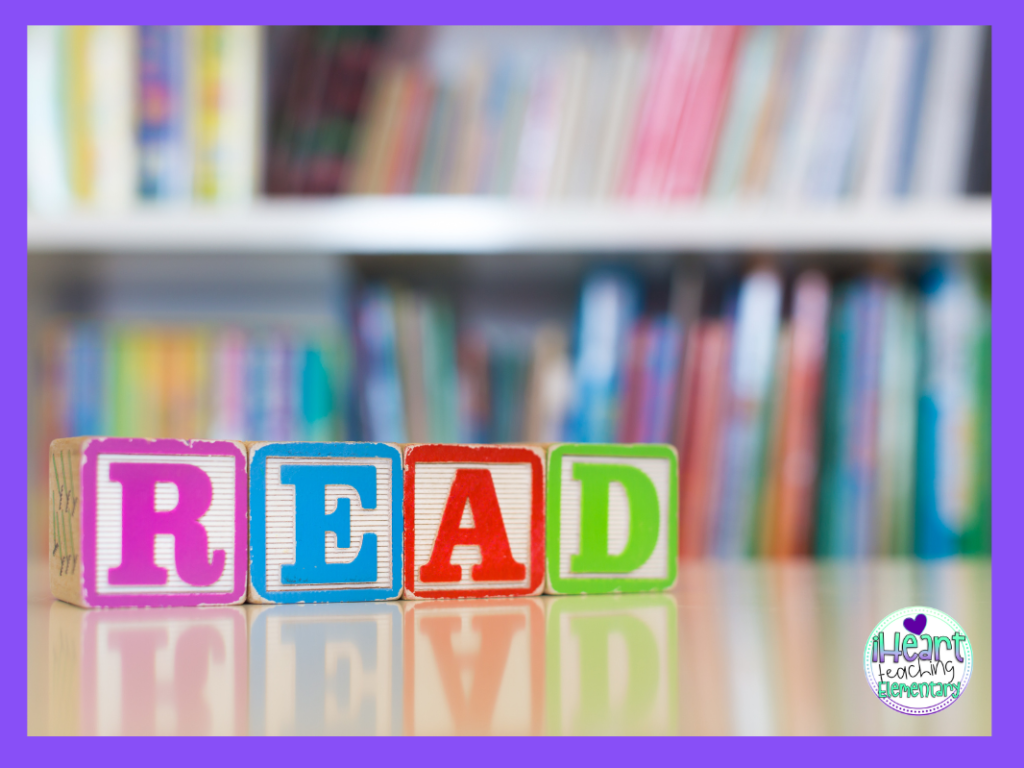
Which do you think you’d remember more easily- a page from a medical textbook or a page from a mystery novel. Unless you’re into that medical jargon, I can bet you’d remember the page from the mystery novel. Why? Because it’s a story that you’re connecting with.
Kids engage with a story because they enjoy it so they retain the meanings. They’ll be more likely to use the vocabulary in other areas like writing.
Well, worksheets can have stories too. Yes, they can. But the thing about picture books is that they have pictures and you’re reading it to them.
Those pictures and your reading, bring another level of engagement that a worksheet isn’t able to.
So what do you think about teaching vocabulary with picture books? You can try it out using my free vocabulary lesson plans that go with the book Each Kindness by Jacqueline Woodson.
